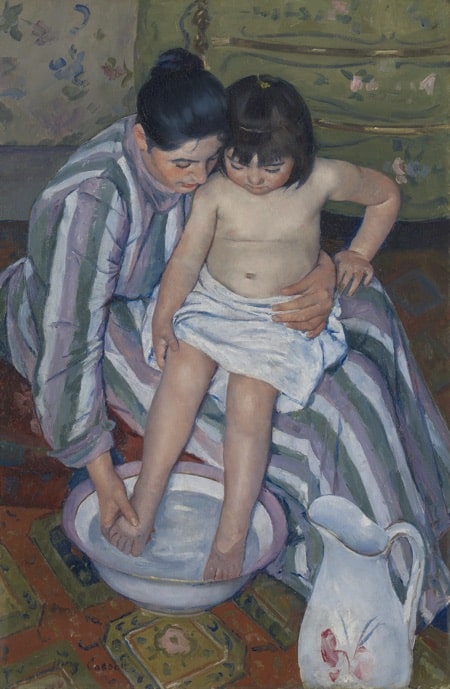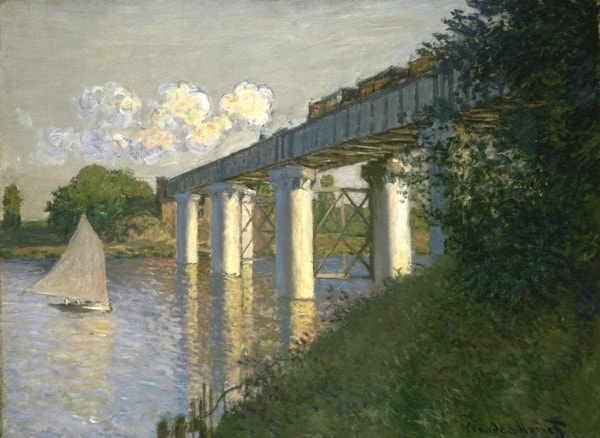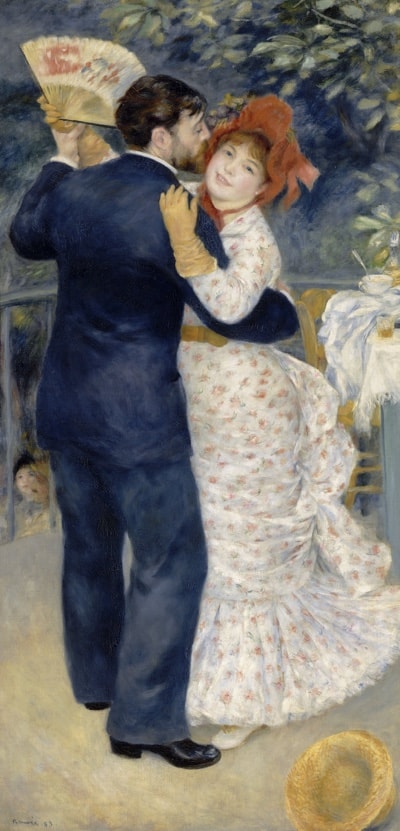If you only do one trip in the next month, do this one.
Jump in your car, hop on a plane or train, or do whatever you have to do to get yourself to Philadelphia to see Discovering the Impressionists: Paul Durand-Ruel and the New Painting at the Philadelphia Museum of Art. Trust me when I tell you that it is a rare and eye-beguiling collection of treasures, and Philadelphia is the only North American venue for the show.
I saw the exhibition when it first opened at the Musée du Luxembourg in Paris last fall, and caught it again at the National Gallery in London when I visited a few weeks ago. I will see it again, with equal pleasure, in Philadelphia this year. It is a collection of some of the best loved and most pivotal works of that group of artists whom we all love, love, love—the Impressionists—and is thematically tied to the history of the art dealer Paul Durand-Ruel.
He was the prescient early adopter who saw the brilliance in paintings that the art establishment of the time had rejected. He saw beauty in the experimental flurries of paint of the Impressionists, where others saw only disorder.
“Insanity!” the art world declared.
“Brilliant and innovative!” the open-minded Parisian art dealer countered.

The Child’s Bath, 1893, by Mary Stevenson Cassatt (The Art Institute of Chicago: Robert A. Waller Fund)
Durand-Ruel not only disagreed with the art establishment; he also risked his reputation and his fortune to prove that the new artists—Monet, Renoir, Pissarro, Sisley, and others—were the future of art.
During his career, Durand-Ruel bought 1,500 Renoirs, a thousand Monets and 400 Degas paintings. He commissioned portraits of himself and his family from Renoir, and bought in bulk from the painters he admired. Many of them he kept on display in his own private collection, with sculptures and oil paintings perched on mantels and hung, from floor to ceiling, in the central rooms of his apartments.
Think of it. Reams of Renoirs on the mantel.
One of the captivating installations in the Discovering the Impressionists show is a display of the panels from the doors of his grand salon. He had commissioned Claude Monet to decorate these panels with luminous still lifes of Japanese lilies, azaleas, gladioli and apples. They still glow with life today, almost a century and a half later.
Among the close to one hundred Impressionist paintings on display in this show are three of Renoir’s large depictions of couples dancing—Dance in the City, Dance in the Country and Dance at Bougival, highlights of Durand-Ruel’s personal collection. They are still fresh, full of passion and vividly appealing. You can feel the heat of the gentleman’s hand on the waist of his partner, sense the warmth of his breath on her neck, hear the lilt of the waltz.
Durand-Ruel survived more than one financial crisis, facing possible ruin several times, but his belief in his artists never faltered. “If I had died at 60 years old, I would have died crippled in debt, insolvent amongst undiscovered treasures…” he once declared. Luckily, he lived to see 89, became wealthy and survived long enough to see the world embrace the Impressionist painters he’d championed.
The Philadelphia Museum of Art is the right place for this exhibition of Impressionist paintings. It was wealthy Americans such as Alexander Cassatt—brother of Impressionist painter and native Philadelphian, Mary Cassatt, and president of the Pennsylvania Railroad—who bought the paintings that Durand-Ruel exhibited in America. The enthusiasm of American art collectors went a long way toward changing popular opinion and convincing the European art world of the enduring quality of the Impressionist works.
The Philadelphia Museum is worth visiting any time, a true gem both in the richness and breadth of its collections and in the grandeur of its architecture. The Rocky Balboa steps, the gardens, the views of the Schuylkill River—all make a visit here pleasurable. The Discovering the Impressionists show is a perfect excuse to visit, or revisit, it.
If you go
Discovering the Impressionists: Paul Durand-Ruel and the New Painting runs from June 24 to September 13 at the Philadelphia Museum of Art.
Several hotels in Philadelphia are offering packages that include VIP Visit-Anytime tickets to the exhibition.
© Barbara Ramsay Orr, 2015.


